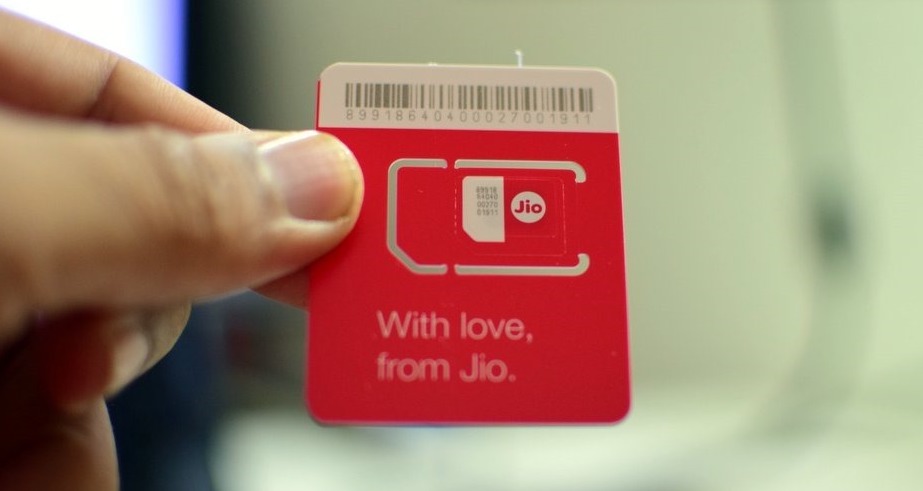Expanding to foreign markets is the cheapest and easiest way to expand the audience for your valuable content — if you know how to do it efficiently. This article is all about focusing on the essentials of content globalization. Globalization – or globalization outside of the USA and certain markets – is the preparation of your product for foreign markets, ideally making it as universal as possible in terms of accessibility for overseas markets and audiences. We consider how software developers and content producers can find shortcuts and tips to save time and money in these processes, and best practices to ensure that content quality is not compromised on the world market.
Most content owners and software producers, website owners, and mobile app developers start with a single language. They perfect that, at least to be good enough to launch, then worry about other languages later. But let’s say you’ve reached that stage. What do you do to go global? How do you get from here to there? We will consider three basic options: working with professional translation services, working with freelancers, or doing it yourself with machine translation. Your international strategy depends on wisely choosing paths to the world market through localization services.

To the Barber first: Trimming the Original for Translation
Before getting into all that, however, there’s some housekeeping to be done. Sometimes content cannot be touched in the original: sometimes this is for legal reasons, for SEO, for marketing, or for personal reasons. Regardless, when preparing content for global markets, there’s one thing you need to do first: give it a haircut.
By haircut, of course, we mean an editing process that strips away expressions that can cause problems in translation. This can include expressions that are metaphorical or not easily understood. Strip away extra words. You want to get your pre-translation content into the simplest, most essential form, so that it’s as easy as possible to adapt to additional languages. This can save you money, too, because translation charges are typically based on the word count of the source document, so the shorter the better.
There are a few approaches to this pre-translation edit. The first, and cheapest is to run your document through a language-checker. There are a number of good, not-expensive or free options on the market: Grammarly, Whitesmoke, ProWritingAid, and Ginger are worth considering. These check grammar, spelling, punctuation, and writing style. You may be surprised how many problems will be found in even what you believed to be a good original. Again, we’re not trying to improve the original here: we’re trying to trim it down to content that will be less likely to be “lost in translation”.
Any of the software tools mentioned above can get you to a “ready to translate” source. But it’s a good idea to have a human copywriter, editor, or proofreader managing this process. The goal: a trimmed, ready-to-translate source document in Microsoft Word.
Professional Translation Services
The default solution for large companies, and SMEs, is to seek out a professional language services company, also called a translation agency or translation company. This is their business, and they often have both in-house resources as well as a stable of freelancers or contract workers for specific language pairs. Seek out those with references in your industry and your target languages. Expect to pay $0.12-0.20 per source word as well as an account manager who will mediate between you and the translator(s). Expect to get fast turnaround, usually 24-72 hours for shorter documents. Ask for a guarantee that the company will fix at no charge any mistakes. The nice thing about agencies is that you can rapidly add languages or do several at a time.
Pick from Freelancer Networks
These days, freelance networks are a great source for finding translators. Check out marketplaces like Upwork, Freelancer, or Fiverr. There you will be able to post a job and get usually a dozen or more candidates responding, each with a profile and CV, rating, reviews, and a portfolio. Prices vary, but expect to pay $0.05-0.15 per source words, depending on language and experience. But you would be wise to hire 2 freelancers for each language pair, one to check the other’s work, or to edit or proofread the result.
Do It Yourself for Machine Translation
These days AI and neural networks have advanced to the point where natural language translation is viable at least as a starting point for content localization. You can run whole documents through neural machine translation – or copy-and-paste snippets into their online interfaces. Google Translate, DeepL, and Baidu are worth considering. They do not obviate the need for a human translator but they can reduce the time and cost that it will take to turn a machine-translated product into a final product.
Bottom Line
If you can afford a professional translation or localization agency, go this rourte for less hassle and better results but at higher costs. A pair of freelancers per language is the next best, and for those on a tight budget, neural machine translation with a freelance editor offers a passable and inexpensive DIY solution.







